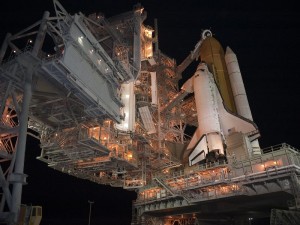Beginning July 14, 2015, the New Horizons probe started sending photos of Pluto back to earth, much to the delight of the world (and social media). The New Horizons probe was launched more than 9 years ago (on January 19, 2006) – so long ago that when it left, Pluto was still considered a planet. (It’s been downgraded to dwarf planet now.) A mission that long isn’t without a few bumps in the road. Most notably, just ten days before New Horizons’ Pluto flyby, mission control lost contact with the probe.

The potential loss of a mission is a near miss. Analyzing near misses can provide important information and improvements for future issues and response. In this case, the mission goal is impacted by the potential loss of the mission (near miss). The labor and time goal are impacted by the time for response and repair. Because of the distance between mission control on earth and the probe on its way to Pluto, the time required for troubleshooting was considerable owing mainly to the delay in communications that had to travel nearly 3 billion miles (a 9-hour round trip).
The potential loss of the mission was caused by the loss of communication between mission control and the probe. Details on the error have not been released, but its description as a “hard to detect” error implies that it wasn’t noticed in testing prior to launch. Because the particular command sequence that led to the loss of communication was not being repeated in the mission, once communication was restored there was no concern for a repeat of this issue.
Not all causes are negative. In this case, the “loss of mission” became a “potential loss of mission” because communication with the probe was able to be restored. This is due to the contingency and troubleshooting plans built in to the design of the mission. After the error, the probe automatically switched to a backup computer, per contingency design. Once communication was restored, the spacecraft automatically transmits data back to mission control to aid in troubleshooting.
Of the mission, Alice Bowman, the Missions Operation Manager says, “There’s nothing we could do but trust we’d prepared it well to set off on its journey on its own.” Clearly, they did.








 By
By